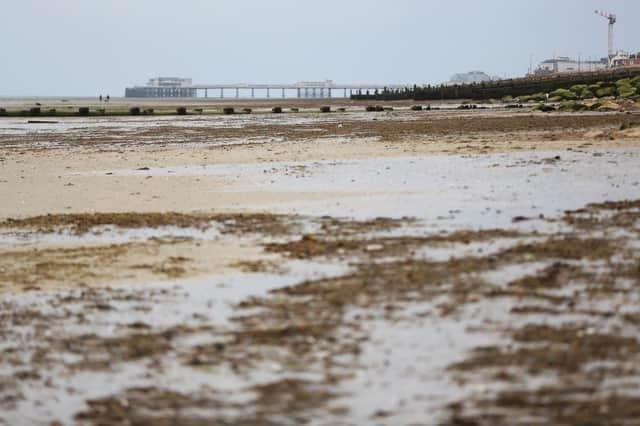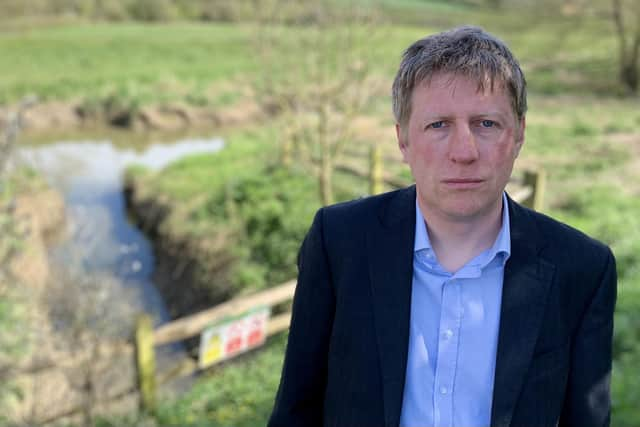East Sussex town's 'staggering' sewage spills sees it in the top 10% most polluted in England
and live on Freeview channel 276
Data released by the Environment Agency show Southern Water discharged sewage into waterways 16,668 times in 2022 – lasting a total of 146,819 hours.
At Lewes, the Ham Lane pumping station released sewage into the Ouse 146 times last year, lasting a total of 2,419 hours.
Advertisement
Hide AdAdvertisement
Hide AdThe Lewes figures represent the second highest number of spills in the entire Southern Water area, accounting for 16% of all of the water company’s sewage discharges by duration.


Nationally, Lewes was ranked 55th for sewage spills, out of 543 parliamentary constituencies, putting it in the top 10% most polluted in England and Wales.
James MacCleary, Liberal Democrat parliamentary candidate for Lewes, called for a ban on these sewage discharges in protected waters, as well as a ban on water company executives being paid multi-million pound bonuses.
Cllr MacCleary said: “These figures are a damning verdict on the government’s failure to stop Southern Water from dumping sewage into our waterways.
Advertisement
Hide AdAdvertisement
Hide Ad“Local people are furious that our favourite swimming places and precious wildlife habitats have become poisoned with raw sewage. The Conservative government just doesn't seem to care. I think it’s time the environment secretary resigned and was replaced with somebody who actually cares about our rivers and seas.


“It is time the government got tough with Southern Water. They are raking in massive profits, all whilst destroying the environment. Frankly, the whole thing stinks.”
The Environment Agency data revealed raw sewage was spilled into English rivers by water companies 824 times a day last year.
Sewage was released into Newhaven, by Seaford Bay 86 times, for nearly 500 hours. Ditchling saw over 1,200 hours of sewage released into the Bevern stream with 81 spills.
HAVE YOU READ THIS?
Advertisement
Hide AdAdvertisement
Hide AdConservative MP for Lewes Maria Caulfield told SussexWorld that while the figures were still high, they were “significantly less” than last year, with a 12% decrease in 12 months.
Ms Caulfield said: “These overflows, which discharge out to sea when our sewage system is at capacity, have been in place since Victorian times and it is only recently, since the Government introduced new laws to monitor their use, that we all realise how often they are used.
“Most of the sewage discharge systems locally are a dual system, meaning they collect both sewage and rainfall. It is the rainfall element that causes the system to fill up, with sewage being only a tiny percent. Sewage on its own would rarely cause the need for overflows to be used.”
Southern Water’s director Toby Willison said that the water firm was looking to roll out its new nature-based and engineering solutions, which slow the flow of surface water into our sewer system, in the next two years.
Advertisement
Hide AdAdvertisement
Hide AdMr Willison added: “Larger construction projects have also made a big difference, including a new 11km sewer tunnel in Brighton, which along with two associated pumping stations and a wastewater treatment works, ensures that the 95 million litres of wastewater from Brighton and the surrounding areas is fully treated.
“Our digital monitors now cover 98.5% of our outfalls, and will hit 100% by this time next year. We will continue to report our progress in a transparent and open way.”